How To Fertilize Your Omaha Lawn In Fall
As autumn arrives in Omaha, it’s the perfect time to think ahead to next year’s lawn. How you fertilize in fall plays a huge role in how green, thick, and resilient your grass will be when spring returns. The Midwest’s mix of cold winters, warm summers, and heavy clay soils means fall is a critical window for feeding your lawn before it goes dormant.
Join us as we go over the most effective ways to fertilize your lawn in fall, what products to choose, and when to apply them so you can enjoy a vibrant lawn when the snow melts.
Clear The Lawn Before Fertilizing
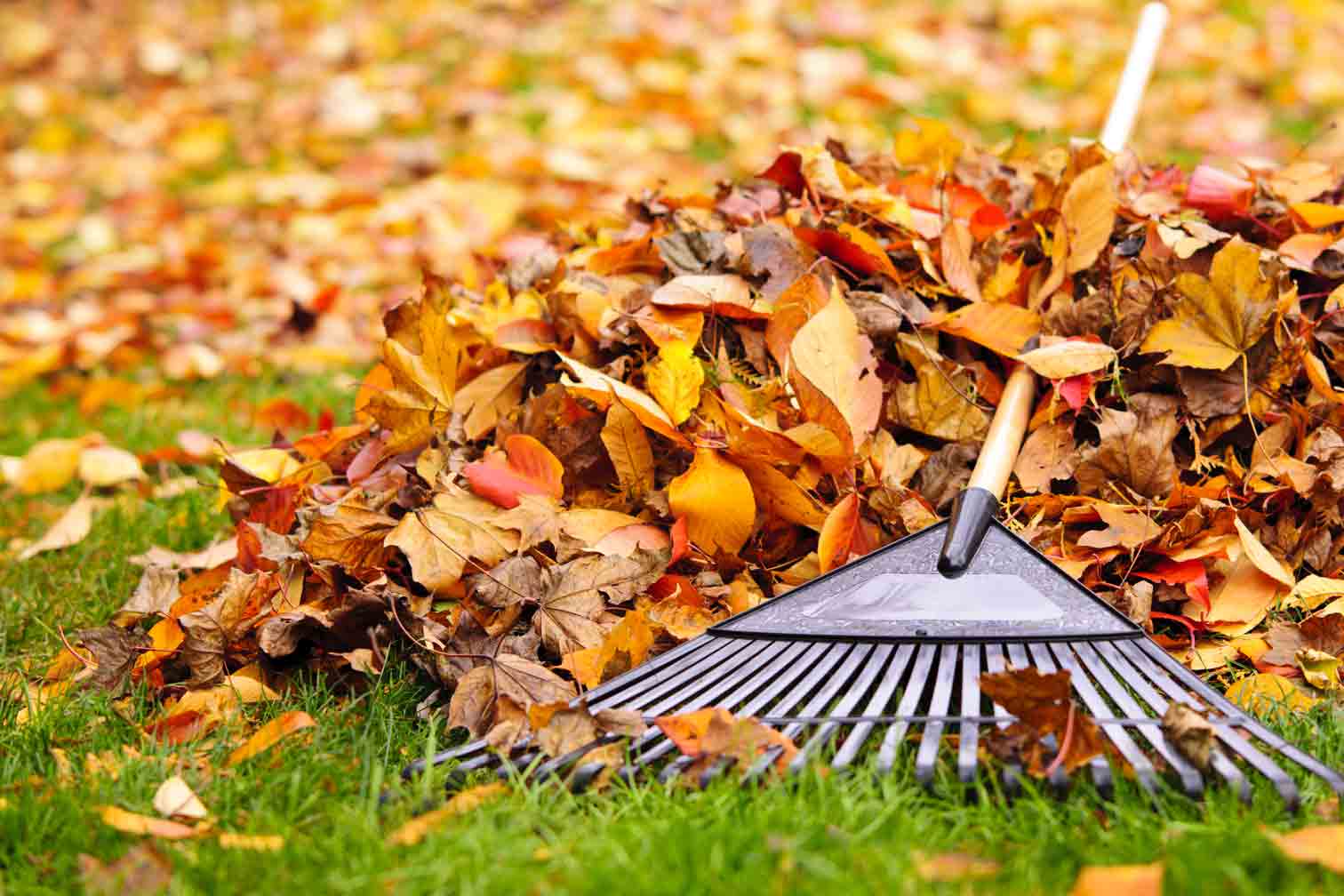
Before you apply any fertilizer, your lawn needs a clean surface so nutrients can actually reach the soil. In Omaha, where large deciduous trees drop plenty of leaves in late September and October, it’s common for grass to get smothered if debris isn’t removed quickly. A blanket of leaves can trap moisture, block sunlight, and promote fungal diseases, which all weaken your grass heading into winter.
Whether you prefer the workout of a rake or the efficiency of a blower, the important part is making sure your grass isn’t covered for long stretches. Mulch mowing is another great option in early fall, but once leaf piles get thick, it’s best to remove them entirely.
- Remember: Leaving diseased leaves on your lawn is risky. Many common turf diseases, like leaf spot and snow mold, can overwinter in leaf litter and reappear in spring.
Choose A Fertilizer Formulated For Omaha Lawns
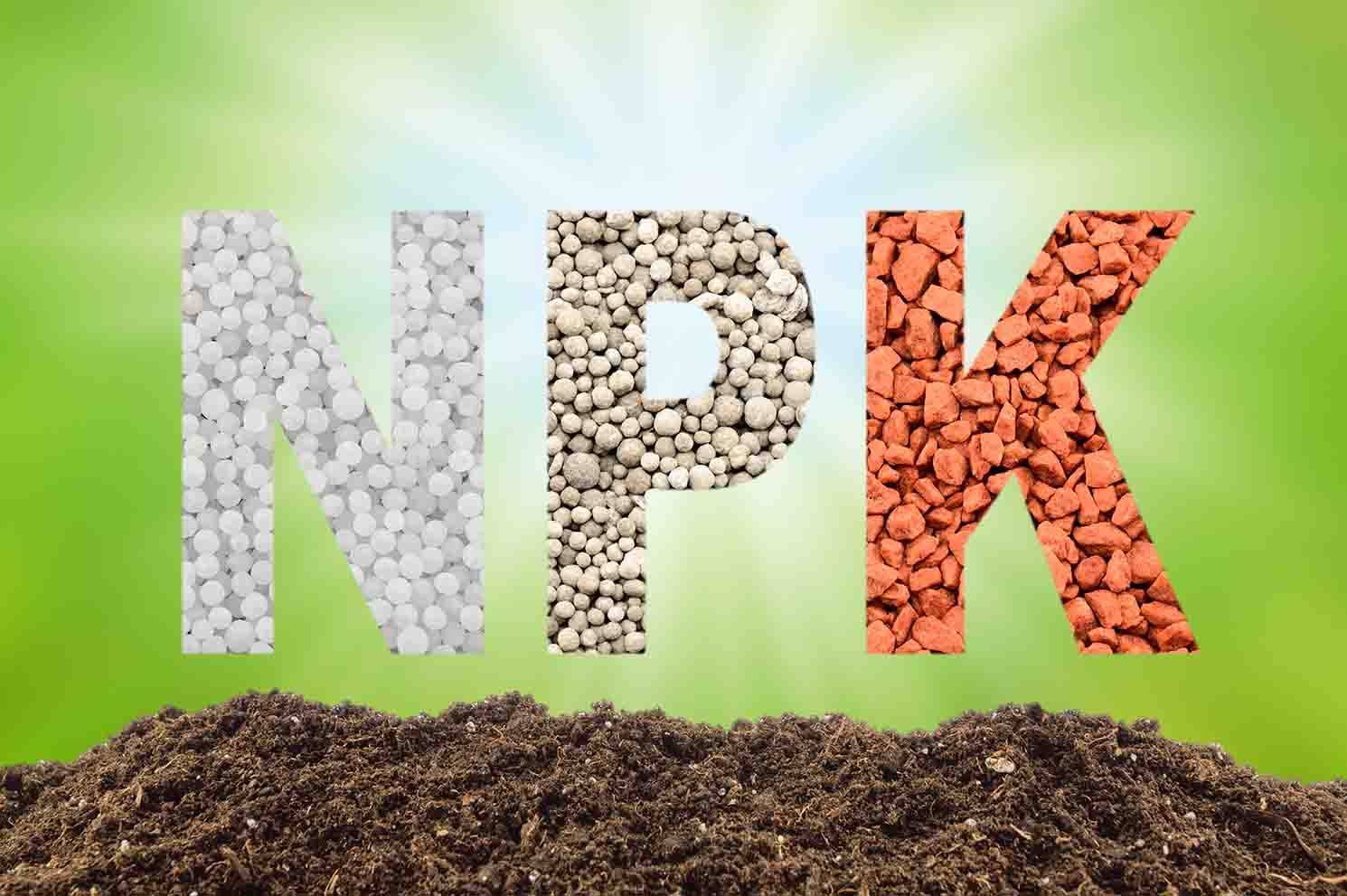
The heart of fall fertilization is selecting a product suited for local grass types and soil conditions. Omaha’s lawns are mostly made up of cool-season grasses like Kentucky bluegrass, perennial ryegrass, and tall fescue. These grasses respond best to fertilizers rich in nitrogen, which fuels root growth and nutrient storage over the winter.
For this time of year, granular, slow-release fertilizers are the top choice. They gradually feed your lawn for weeks, ensuring steady nutrient availability even after temperatures drop.
When applying granular fertilizer in Omaha:
- Water your lawn after application to help nutrients move into the soil.
- Apply evenly using a broadcast or drop spreader to avoid streaking.
- Follow the manufacturer’s coverage rate, as overapplication can burn grass.
- Choose a product with a higher nitrogen percentage (N), but balanced with phosphorus (P) and potassium (K) for full-spectrum support.
Apply Before The Ground Freezes

Timing is everything. In Omaha, the first hard frost usually hits in late October, but grass often keeps growing until soil temperatures drop below 40°F. The ideal window for fertilizing is about two to three weeks before the first frost, typically the first half of October. If you wait too long, frozen or compacted soil won’t allow fertilizer to penetrate, and your efforts will be wasted.
Fertilizing during this window ensures:
- Nutrients are absorbed while the grass is still active.
- Roots have time to store energy before dormancy.
- Your lawn is primed for a faster green-up in spring.
Watch Your Nitrogen & Potassium Levels
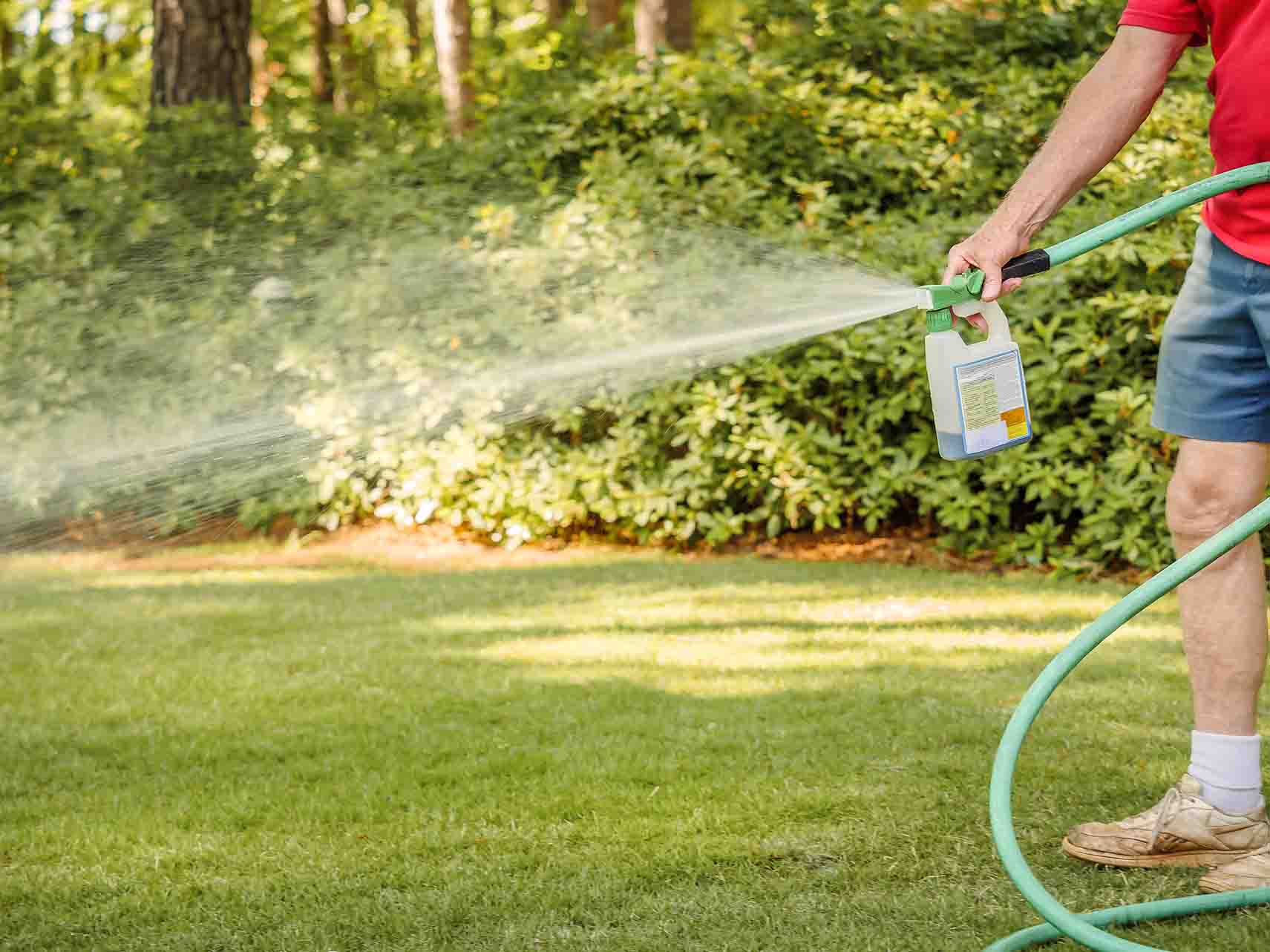
Cool-season grasses in Omaha benefit most from nitrogen in fall, but potassium also plays a big role in winter survival. Nitrogen fuels late-season root growth and spring recovery, while potassium strengthens cell walls and helps turf handle freezing temperatures.
For cool-season lawns, a fertilizer with a nitrogen-heavy formula (e.g., 24-4-12) is ideal. The nitrogen supports lush, healthy blades and robust roots, and potassium provides the cold tolerance your lawn needs to withstand Omaha’s winter wind and snow.
Avoid high-nitrogen formulas on warm-season grasses like zoysia (less common here), as they can push late growth that will be damaged by frost.
Lower The Mower Blade For The Final Cut
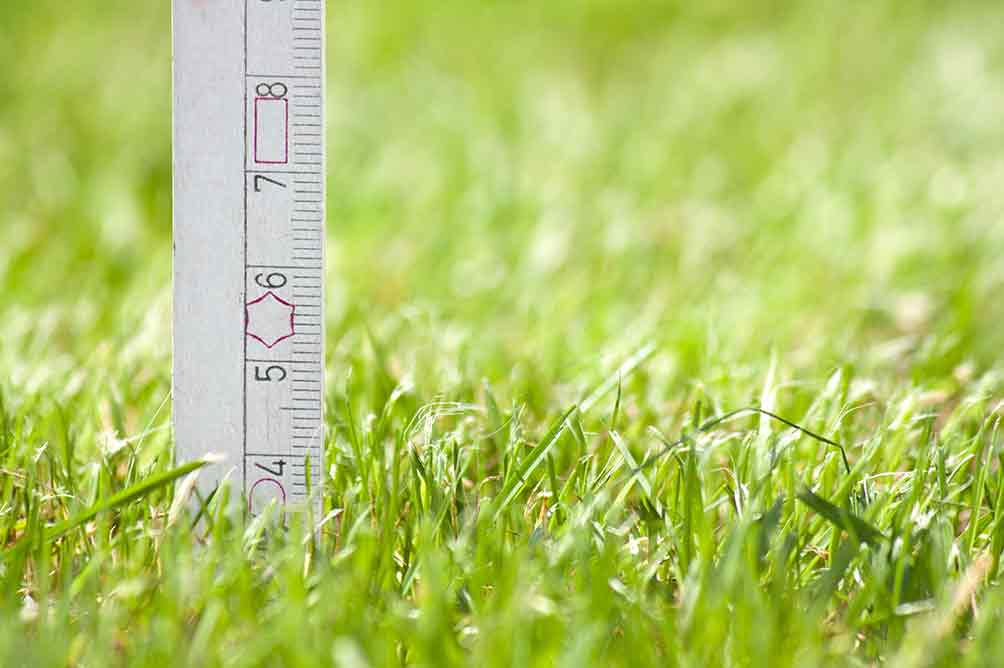
In early to mid-November, when your grass stops actively growing, plan your last mow of the year. Dropping your mower blade by about an inch for this final cut reduces the amount of leaf tissue that snow and ice can damage. Shorter grass also helps prevent matting under heavy snow, which can lead to mold problems.
For most Omaha lawns:
- Keep grass at 3–3.5 inches during the season.
- Drop to about 2.5 inches for the final mow.
- Avoid scalping because removing too much at once stresses the lawn.
Aerate Before Fertilizing For Better Absorption

Omaha’s heavy clay soils are notorious for compacting over the summer, especially in high-traffic areas. Compacted soil makes it harder for water, air, and nutrients to penetrate down to the root zone, meaning your fertilizer won’t work as efficiently. By aerating your lawn in early fall before applying fertilizer, you open up channels in the soil that allow nutrients to move deep into the root system. This process also reduces surface thatch buildup, which can block fertilizer from reaching the soil.
Core aeration is especially beneficial for lawns that see heavy use, such as those with kids, pets, or lots of backyard gatherings. Ideally, you should aerate in September when grass is actively growing, then apply your fall fertilizer shortly afterward to maximize absorption.
Water Strategically After Application
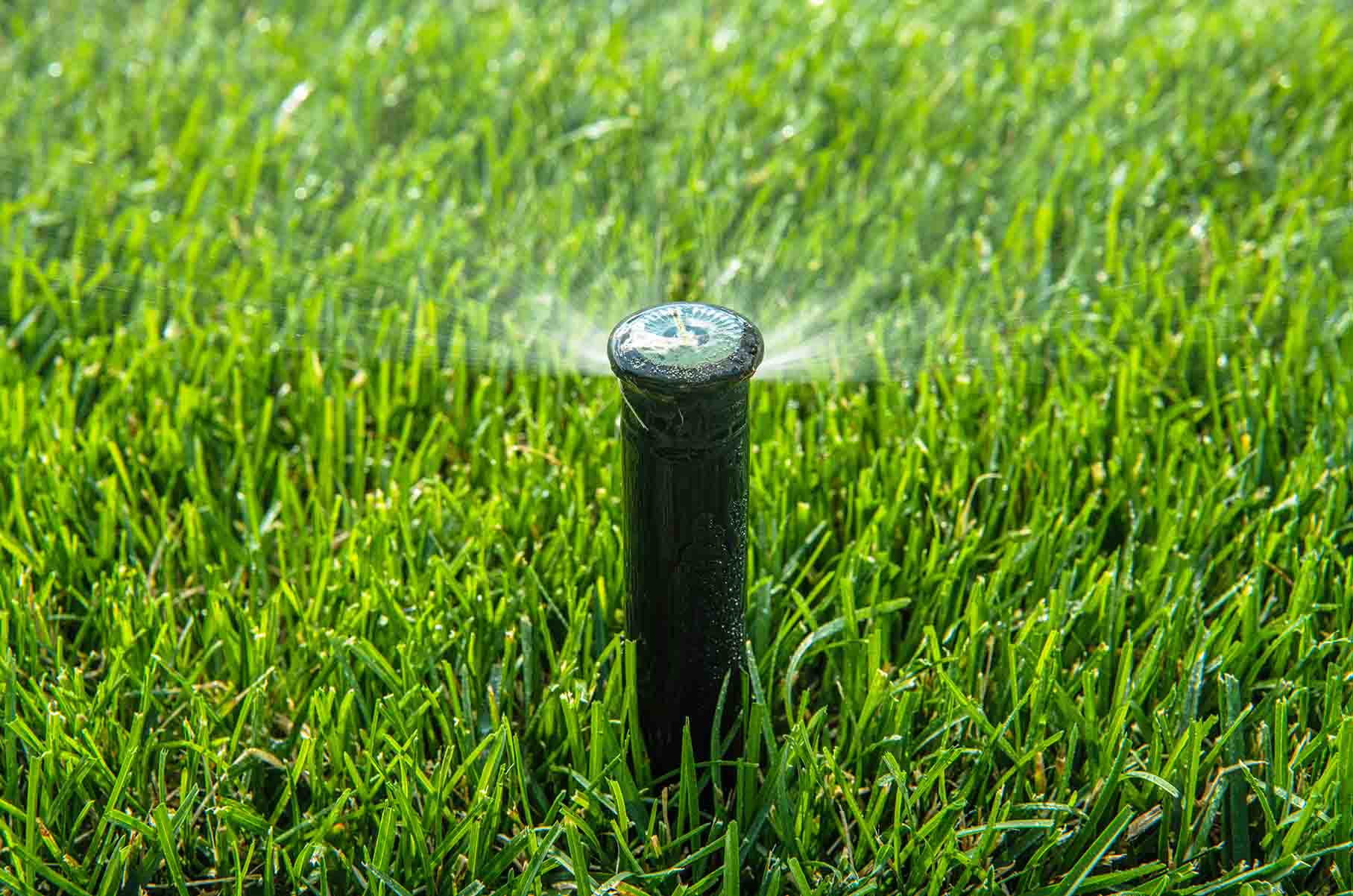
Fall in Omaha often brings less rainfall than people expect, especially in late September and October. Without enough water, your fertilizer may sit on the surface instead of breaking down and moving into the soil. Light, consistent watering after application helps dissolve granular fertilizer and carry nutrients to the roots where they’re needed.
If you have an irrigation system, set it to run a day or two after fertilizing for the best results. If you water manually, aim for about ½ inch of water immediately after application, and continue to water once or twice a week until the ground begins to freeze. This extra step ensures your investment in fertilizer pays off and gives your lawn a strong head start for spring.
Fall Fertilization For A Stronger Spring
Following these steps now will reward you with a greener, healthier lawn once spring arrives. By clearing leaves, choosing the right fertilizer, timing your application correctly, balancing nutrients, and adjusting mowing height, you’ll set your grass up for a strong start next year.
If you’re unsure about which fertilizer to use or need help timing your application, our local lawn care experts are always ready to help Omaha homeowners get the most out of fall lawn treatments.
